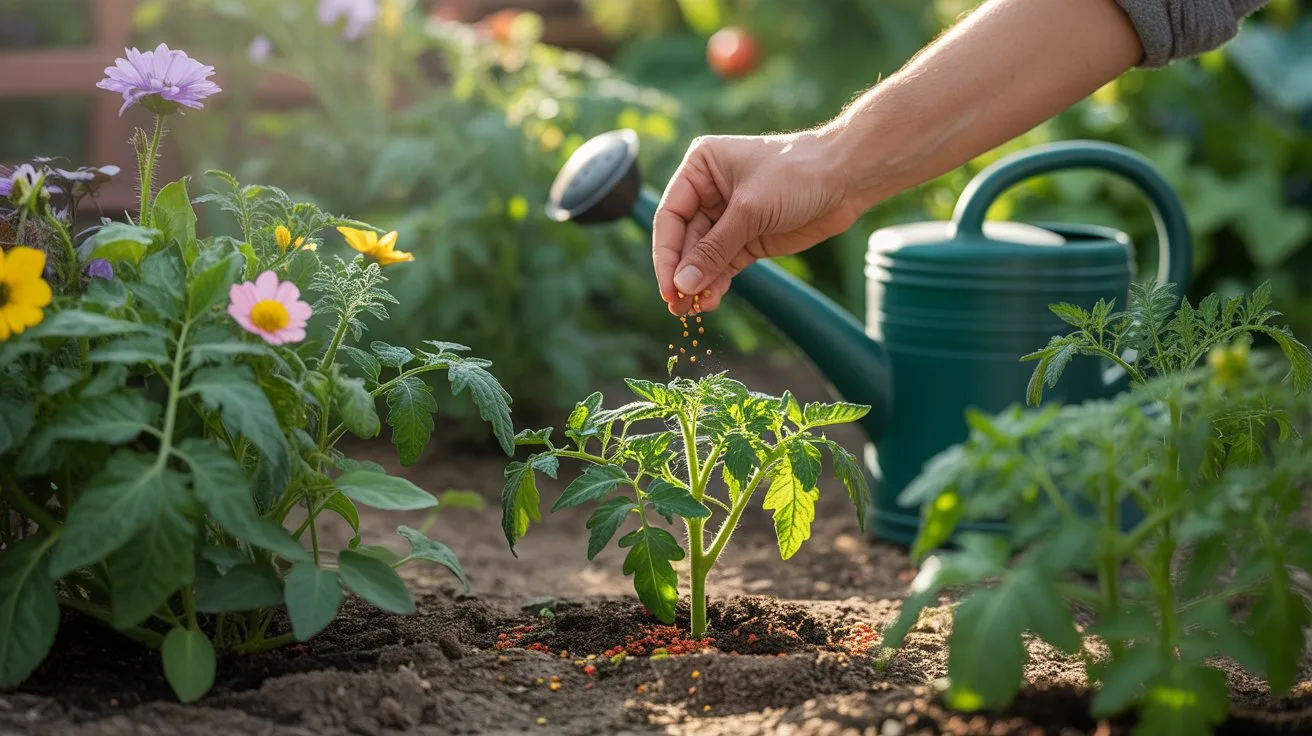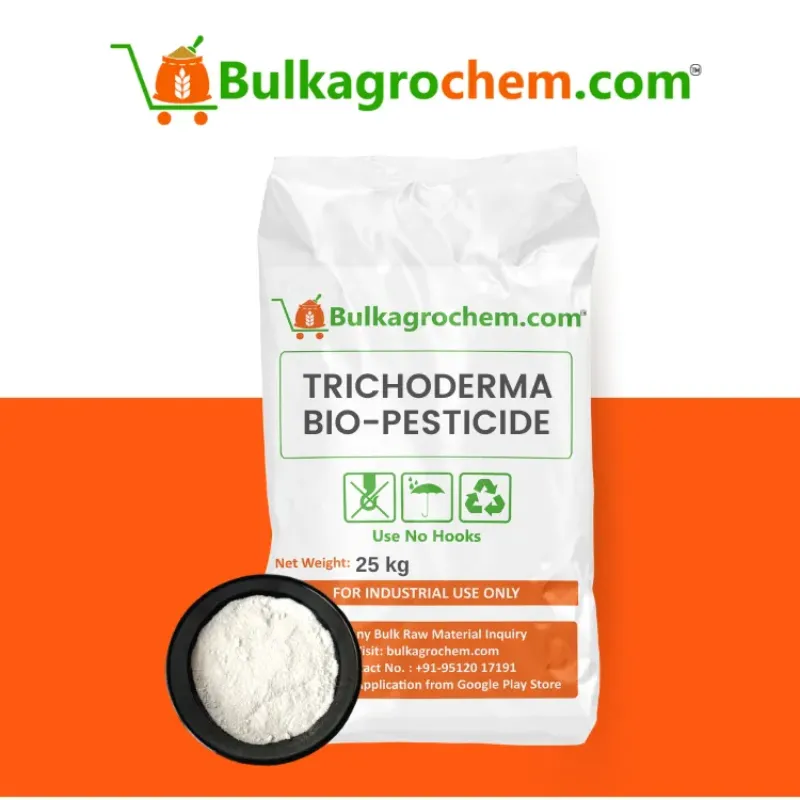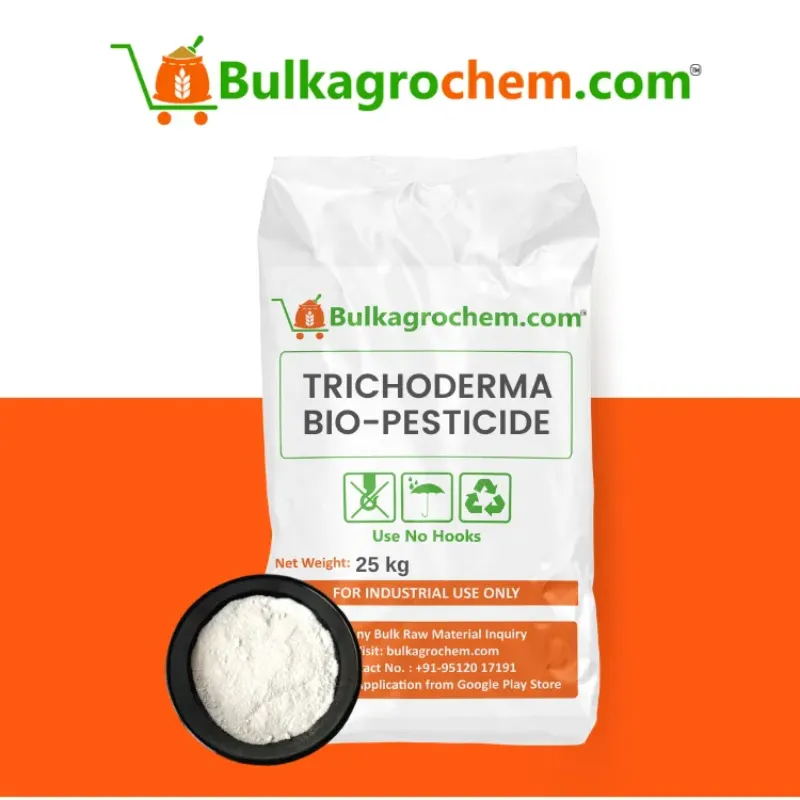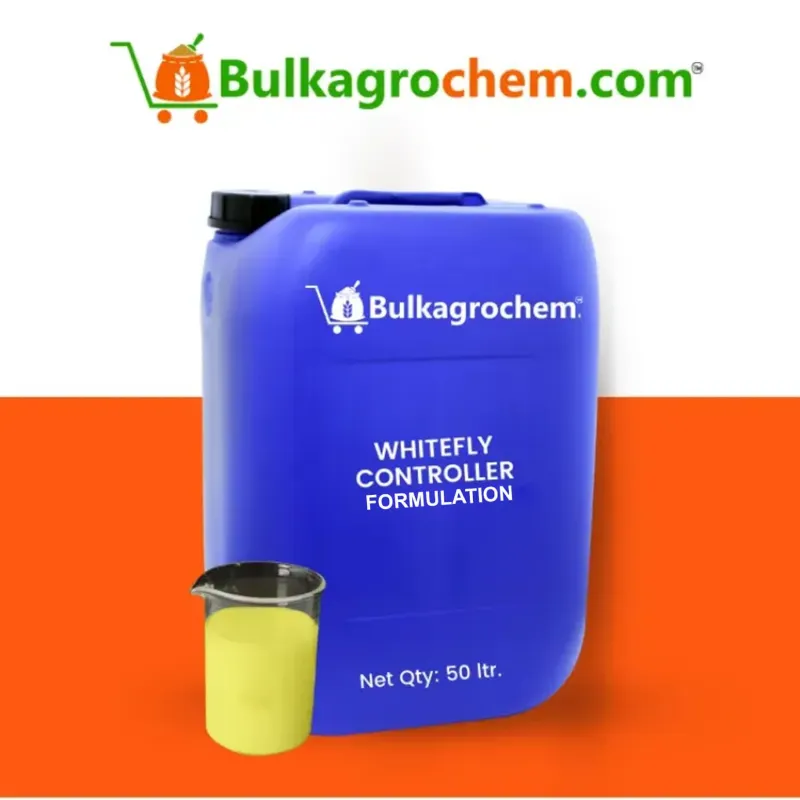When it comes to your garden—whether it's a little pot on a balcony or a whole vegetable patch—every garden needs fertilizer as essential nutrition. What is Fertilizer? It's a combination of nutrients! Most plant fertilizer contains nitrogen, phosphorus, and potassium, which allows for the development of the roots, stem, leaves, and fruiting. There is a range of plant fertilizer types depending on your soil and your crop.
What is the best fertilizer? This is determined by your plants' stage of growth, whether you want full lush leaves, roots only, or flowering parts of the plant. A great organic fertilizer can use different elements sourced from nature, like compost, manure, or bone meal, to make gardening safe and sustainable.
What is fertiliser made of? Most plant fertilizers use the macronutrients NPK and micronutrients like iron or calcium, just like the nourishing mixture for baby food, such as millets.
Right from starters like fertilizers for seedlings at the starter stage to plant fertilizers for the flowering and fruiting stages—focusing on to fertilize the right plant at the right time with the correct nutrients can make all the difference to your garden.
Just like a spoonful of ragi porridge fills up a baby, the same timely amount of fertilizer measures full of nutrients helps your plant come alive!
Why Fertilizer Is Essential for Plant Growth
plants also need balanced nutrition to grow, and fertilizer is their food. Plants, as a whole, receive benefits from every part of the plant when it receives proper nutrition at the correct time and stage of growth.
The Role of Nutrients in Plant Development
Fertilizer is the nutrients for plants. You may know that plants require three primary nutrients for plant growth; nitrogen (for leaves and shoots), phosphorus (for roots), and potassium (for flower and fruit).
What is fertilizer? The sources of balanced fertilizer for plants are these nutrients, over an established standard of ratios based on plant type.
Did you know? Balanced NPK fertilizers contain nutrients that can fuel all aspects of plant growth, while others are for specific stages of growth, such as root development or flowering.
Common Signs Your Plants Need Fertilizer
Plants can also communicate their needs - just in a different way. Yellowing leaves, restricted growth, and delayed flowering can indicate nutrient deficiencies in the plant. At this point, plant fertilizer could be a gardener's best friend.
Look for:
- Pale to yellow leaves (Nitrogen deficit)
- Soft or weak stems (Potassium deficit)
- No flowering (Phosphorus deficit)
When you decide what is the best fertilizer to apply to a plant will depend on the type of the plant, and what type of soil is used. The best approach at this point would be to complete a soil test to guide you.
Benefits of Using Fertilizer at the Right Time
When used properly, fertilizer enhances plant strength, accelerates growth, and increases the number of flowers or fruit produced. While either organic fertilizer from compost, or synthetic fertilizer from a mix, when it should be applied is important.
The best time to apply fertilizer, especially for container plants, is early in the morning or right after watering your plants. Avoid applying in the middle of the day when it is hottest to prevent "fertilizer burn."
How to Apply Fertilizer for Maximum Impact
Now that you know what is fertilizer, now you need to know how to use fertilizer in the correct way. The right way of applying fertilizer guarantees your plants receive the necessary nutrient value --without wasting or damaging them.
How to Apply Fertilizer to Soil and Leaves
There are two ways to apply fertilizer: through the soil (root feeding) and/or directly to the leaves (foliar feeding).
- Soil Application
You can mix plant fertilizer into the top soil or apply a liquid fertilizer as you water your plants. The nutrients will then be delivered directly to the roots where they're needed the most.
- Foliar Application
You can also spray diluted organic fertilizer on to the leaves and when sprayed during cooler hours (mornings before the heat of the day or evenings after the temperature has cooled down), the leaves will quickly absorb the nutrients in the foliar fertilizer.
Tip: You can foliar spray if your plant appears to be suffering from nutrient deficiency, just remember to always follow the dilution instructions.
Dos and Don’ts of Fertilizing Your Garden
Dos:
- Do a soil test to find out the fertilizer that will work best for your garden.
- Do water your plants before you apply any dry fertilizers.
- Do use organic fertilizer if you are creating a sustainable garden.
Don'ts:
Don't apply fertilizer to dry soil. This can burn the roots of the plant.
Don't over-fertilize. More fertilizer is not always better.
Don't forget about the time of day. Early mornings are usually best time to apply fertilizer.
What is fertilizer made up of? Depending on the fertilizer, it may consist of nitrogen (N), phosphorus (P), potassium (K), and sometimes micronutrients like iron, calcium, and magnesium.
How to Apply Urea Fertilizer Safely and Effectively
Urea is a nitrogen-heavy fertilizer for plants that is useful for leafy growth.
Here is how to apply it properly:
- Mix it into moist soil. It should not be left exposed, as nitrogen released can occur as gas.
- Apply early in the morning and late in the afternoon or evening to avoid loss of nitrogen.
- Use it sparingly, as it can “burn” the plants if too much is used.
- Use urea for base or top dressing at crops that require a nitrogen boost.
How to Fertilize with Drip Irrigation for Consistent Results
Pairing what is fertilizer with smart delivery makes all the difference. One of the most efficient and controlled ways of feeding your plants throughout their lifecycle? Fertigation, which is applying plant fertilizer by means of a drip irrigation system, for a more even and efficiency that avoids wasting product.
Benefits of Fertigation Through Drip Systems
Drip fertigation utilizes less water, uses less fertilizer, and is more efficient.
- Concentrates nutrient delivery to the root zone, where the plants have established their roots.
- Decreases evaporation and runoff saving the water for the plants, especially in warmer seasons and climates.
- Works excellently well for all crops, but especially vegetables and those in greenhouse setups.
- Ideal for use with organic fertilizer and very suitable for sustainable farming.
Compatible Fertilizers and Mixing Tips
- Not all fertilizer products work with drip irrigation systems. Use only products that follow these guidelines:
- Uses
- Liquid fertilizers that are made for "fertigation" abilities.
- Water Soluble NPK blends.
- Organic liquid fertilizers like compost tea, fish emulsion.
Avoid:
- Granular fertilizers or fertilizers that do not dissolve properly, as that will plug the emitter.
Mixing Tips:
- Ball or powder fertilizers should always be pre-dissolved in water first.
- Use a filter in your system.
- If you're wondering about the best fertilizer products, use formulations that are clean and offer balance of micronutrients.
Best Practices for Timing and Flow Rate
When Should I Fertigate?
- When to fertigate- usually early morning or late evening.
- Can be done during active growth (unless stated not to be done during peak flowering)
Flow Rate Ideas:
- Plan low pressure systems to avoid having backflow.
- Plan for small doses, and schedule to apply at more frequent intervals instead of one large application.
What is fertilizer? Even with fertigation, N-P-K ratio still matters. Choose a formula which feeds your crop stage: leafy growth would require more nitrogen(N), roots would require larger amounts of phosphorus(P) and for fruiting, you would plan for larger quantities of potassium(K)
Understanding Different Fertilizer Types and Their Uses
When we are asking what fertilizer is, it is not like you are going to get the same answer as someone else. Fertilizers come in many forms and can have different uses for different soils or plants and the timing of when you decide to use them. Making the correct decision could make your garden into a gardener's technique about catching the imagination that only golfers have!
Organic vs. Synthetic Fertilizers
Organic fertilizer is made from natural products, such as compost, manure, or bone meal. It is one of the most environmentally friendly options you can use, and builds soil health over time.
Synthetic fertilizers are manufactured in a lab, and act quickly, especially in response to visual green growth or symptoms of nutrient deficiencies.
Quick Comparison:
Tip: For vegetable gardens, which often accept organic fertilizer better, are often better for you because it is gentler but generally builds soil health longer.
Liquid vs. Granular — Which One to Use
Liquid Fertilizer
- Quickly acting and allows for rapid uptake of nutrients.
- Liquid fertilizers in its forms are recommended for applications like foliar sprays and towards plants in pots and containers.
Granular Fertilizer
- Granular fertilizers are easy to estimate quantity and spread around the base of a plant.
- Granular fertilizers provide long-term feeding to plants.
Best Uses:
- Use liquid fertilizers against plants in active growth for fast results.
- Use granular fertilizers when prepping beds or a longer, slower-release type of feeding.
Specialized Fertilizers for Specific Crops
Different crops, different needs. Matching the right plant fertilizer to your crop boosts both yield and plant health.
Wondering what is fertilizer made of? Most contain a mix of nitrogen (N), phosphorus (P), and potassium (K) — the famous NPK combo every plant thrives on.
Seasonal Fertilizer Application Tips
Plants, like humans, thrive when they are provided the balance of nutrients they need at the right times. Understanding what is fertilizer and how seasonal conditions impact its use can help you achieve the best growth all year long.
How to Use Fertilizer in Spring, Summer, and Fall
Spring: Plants are waking up:
- Provide a balanced plant fertilizer, containing nitrogen for leafy development.
- A great time to add organic fertilizer to build soil health before maximum growth begins.
Summer: Support growth & blooms:
- Liquid fertilizer allows for quicker absorption, and is helpful for heavy growth.
- Potassium-rich fertilizer types are good to use on bloom and fruiting plants.
Fall: Root build & soil recovery:
- Use slow-release organic fertilizer to build on the soil structure.
- Avoid high nitrogen fertilizer types, as they can support weak, late growth.
Adjusting Dosage Based on Weather and Soil Type
- Sandy soils = more frequent, lighter applications when planting.
- Clay soils = retain nutrients longer, apply less frequently.
- Hot Weather = Avoid applying in the middle of a hot day, if you can, apply fertilizer and water afterwards.
- Rainy season = put off fertilizer applications until after rain, to prevent run-off.
Quick Tip Table:
Best Fertilizers for Vegetables, Lawns, and Flowers
- Vegetables: Fertilize with a compost or organic fertilizer low in nitrogen and phosphorus.
- Lawns: Spring = nitrogen; Fall = potassium to prepare for winter.
- Flowers: Use bloom boosters high in potassium and phosphorus.
For container gardening, liquid fertilizers are ideal for easy application and delivery of nutrients.
Eco-Friendly and Sustainable Fertilizer Practices
Sustainable gardening begins by making smart nutrient choices. The more a gardener knows about what fertilizer is and its treatment ensures a commitment to responsible fertilizer use that keeps both an individual garden healthy and productive and saves and preserves the environment.
Compost and Natural Alternatives
What is organic fertilizer? It is fertilizer made from natural materials based on plant- or animal-based materials. Organic fertilizer is a compost and that is one of the best examples of organic fertilizer (Plant-based nutrient fresh compost is high in nutrients and completely natural to use on your garden). Use compost, vermicompost, and manure to increase yield in your garden soil fertility.
Homemade compost can reduce pre-consumer kitchen waste and fertilizer costs.
Avoiding Over-Fertilization and Chemical Runoff
Using too many chemical fertilizers wastes money and degrades your soil, water, and plant health.
Common problems include:
- Nutrient burn (particularly with urea or ammonium-based fertilizers).
- Triggering an algae bloom in nearby water bodies by using excess nitrogen.
- Causing the soil to be too acidic or compacted.
Tips to avoid it:
- Always test your soil before any application.
- Use accurate dosages and timing (never just before rain).
- When using liquid fertilizer, consider only during periods of active growth, as during periods of dormancy the nutrients will just be wasted.
Building Long-Term Soil Health with Organics
The materials that fertilizers are made of can affect long-term soil health. Natural fertilizers, such as compost and seaweed, feed the plant and feed the soil.
- Rotate crops and plant legumes to fix nitrogen naturally.
- Add organic fertilizers on an annual basis to build humus and retain moisture.
- Use cover crops and mulching to protect your soils from erosion.
FAQs
Q1 How to use fertilizer for new vs. mature plants?
For new plants, use a balanced plant fertilizer with gentle nutrients like compost or diluted liquid fertilizer. Mature plants benefit from targeted feeds based on their growth stage.
Q2 How to apply urea fertilizer without burning plants?
Apply urea when the soil is moist and mix it into the soil immediately. Always water afterward. Avoid direct contact with leaves to prevent burn.
Q3 Can I fertilize through drip irrigation systems?
Yes! This method is called fertigation. Use water-soluble fertilizers like liquid fertilizer, including organic options, for consistent delivery through drip lines.
Q4 How often should I apply fertilizer to my vegetables?
Every 2–4 weeks is ideal, depending on the crop and soil. Use what is the best fertilizer for vegetables—often a balanced or organic blend—and follow label instructions.
Q5 Is it better to fertilize in the morning or evening?
Morning is best. Plants absorb nutrients better when temperatures are cooler and evaporation is low. Avoid mid-day to prevent leaf burn.
Conclusion – Master How to Use Fertilizer for Garden Success
fertilizers empower plants with essential nutrients needed for strong roots, lush leaves, and vibrant blooms.
Whether you're figuring out what is fertilizer, exploring what is fertilizer made of, or searching for what is the best fertilizer for your vegetables—understanding and applying plant fertilizer correctly makes all the difference.
Choose wisely between organic fertilizer, urea, or liquid options depending on your plant type and soil needs. Fertilize in sync with the seasons, apply safely, and always follow best practices—like using drip irrigation for consistency or compost for sustainability.
By mastering how to use fertilizer, you’re not just feeding plants—you’re nurturing a healthier garden and a greener planet.




